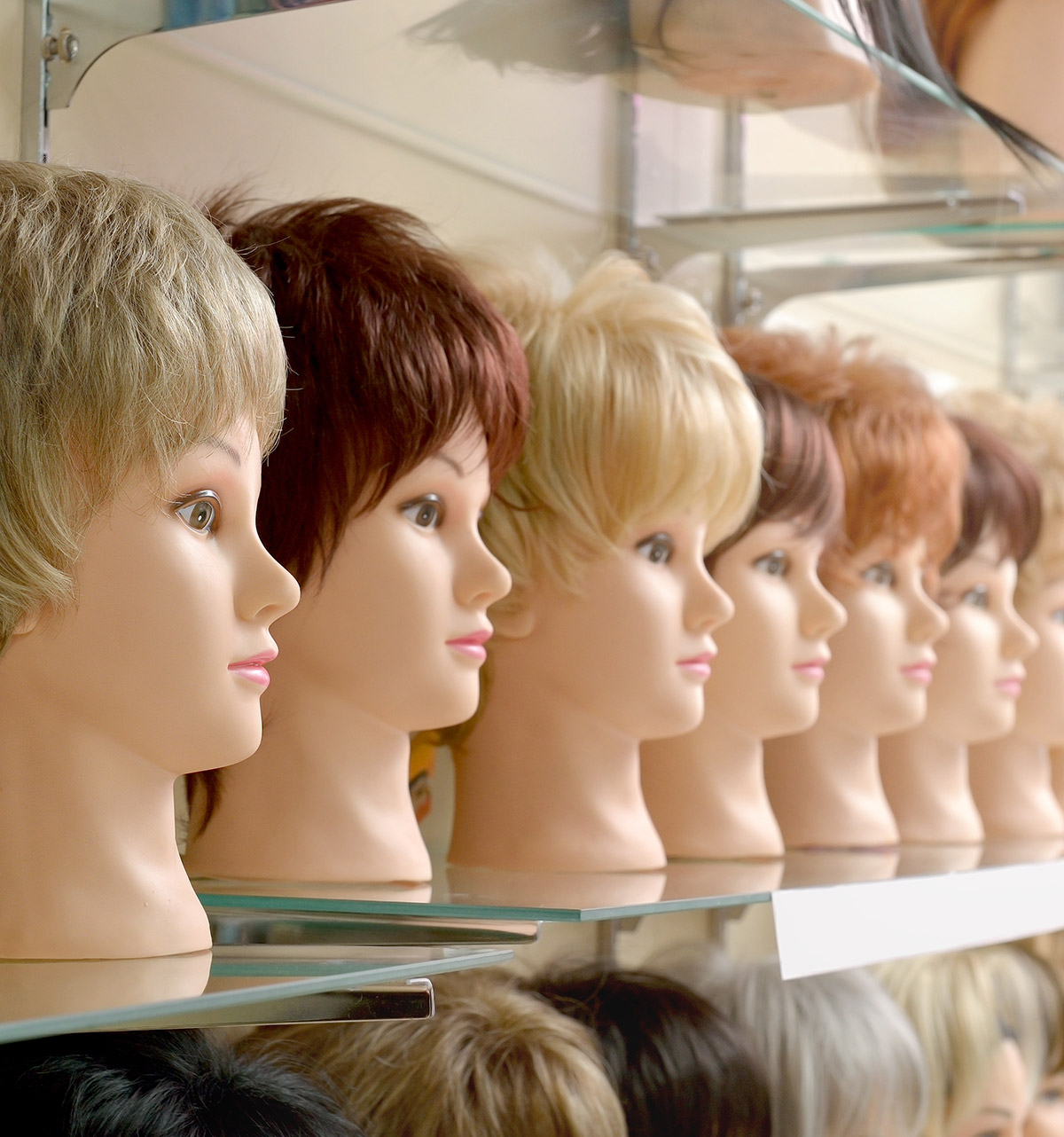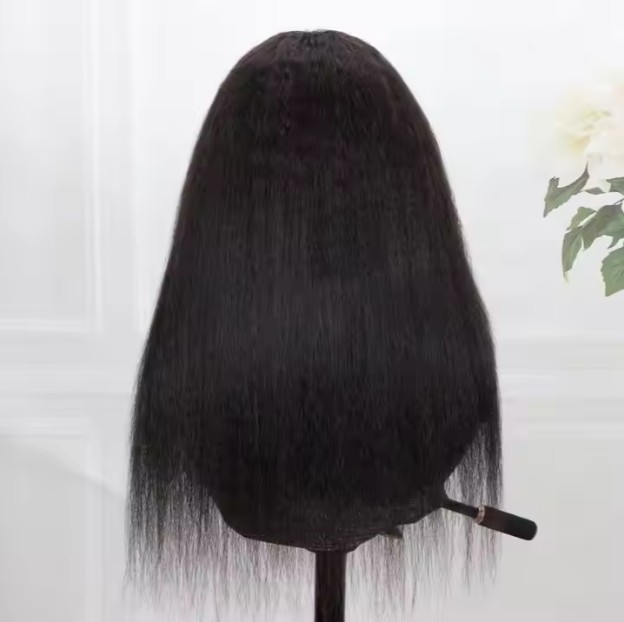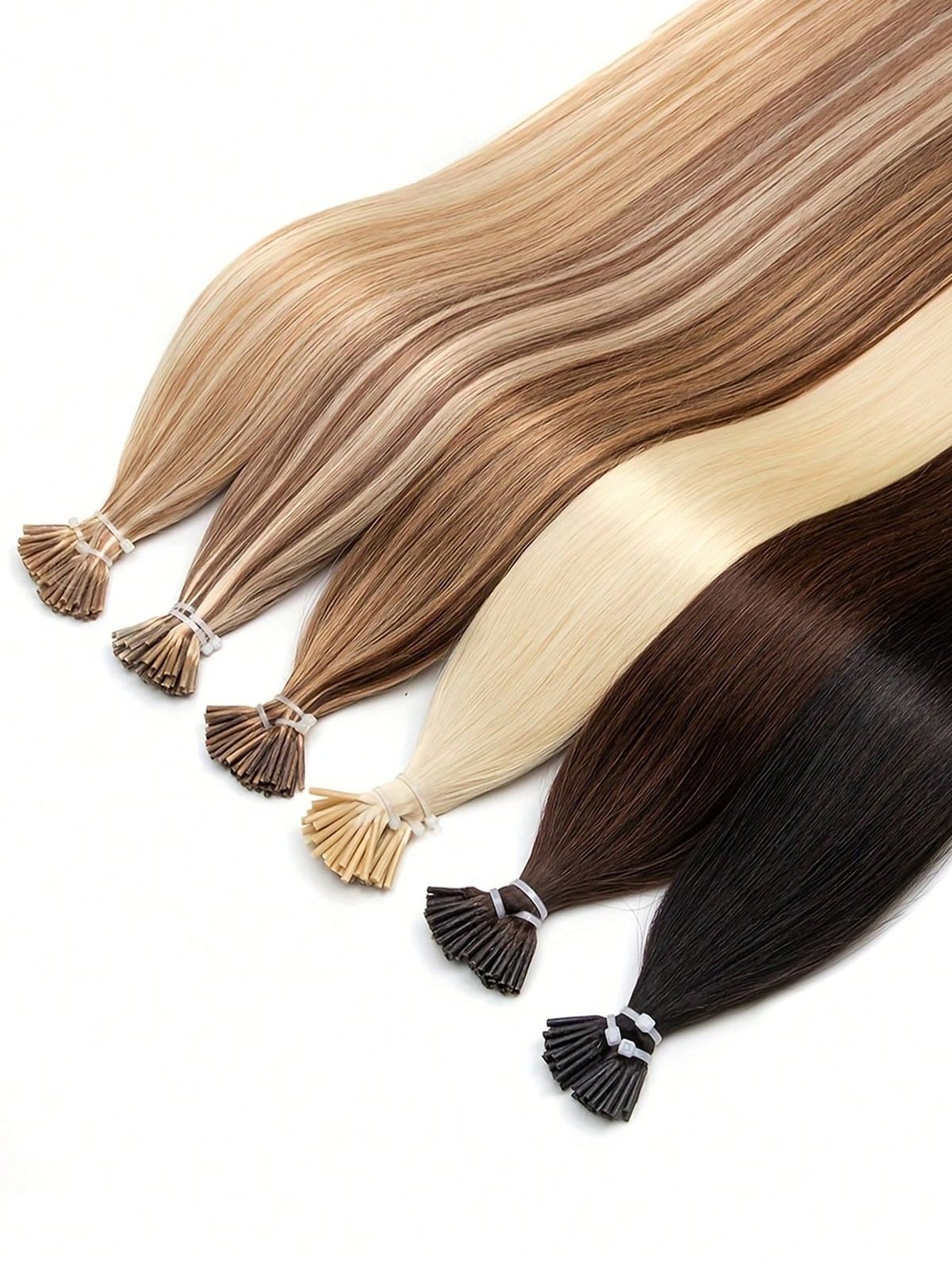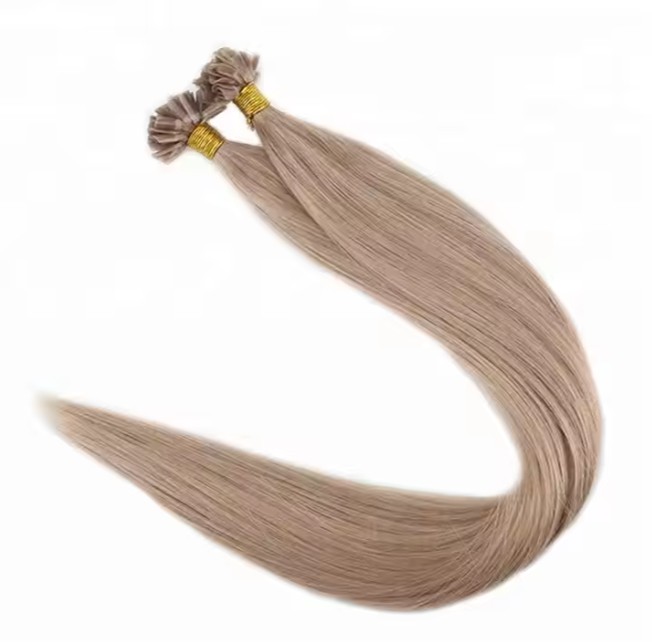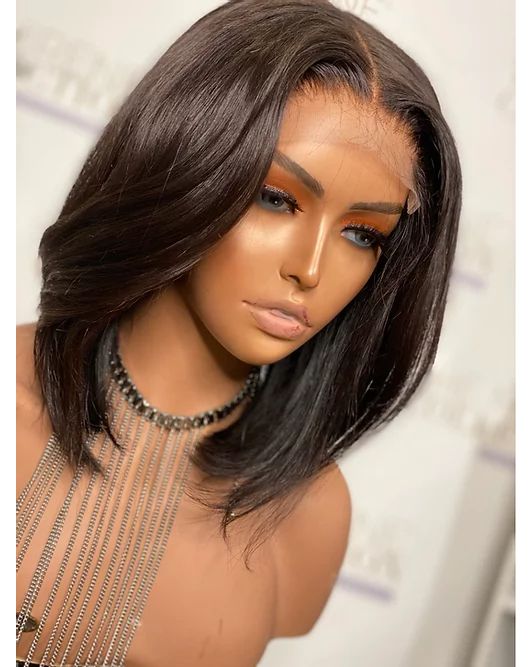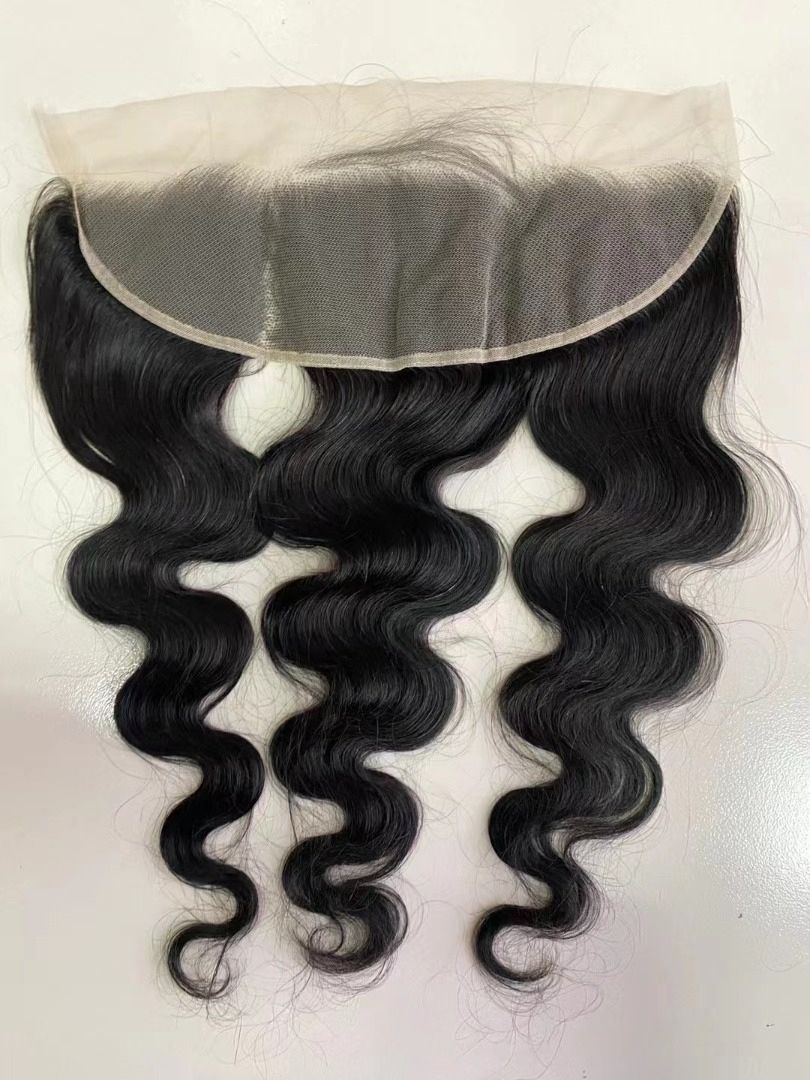How to Source High-Quality Hair Extensions for Beauty Stores in Saudi Arabia
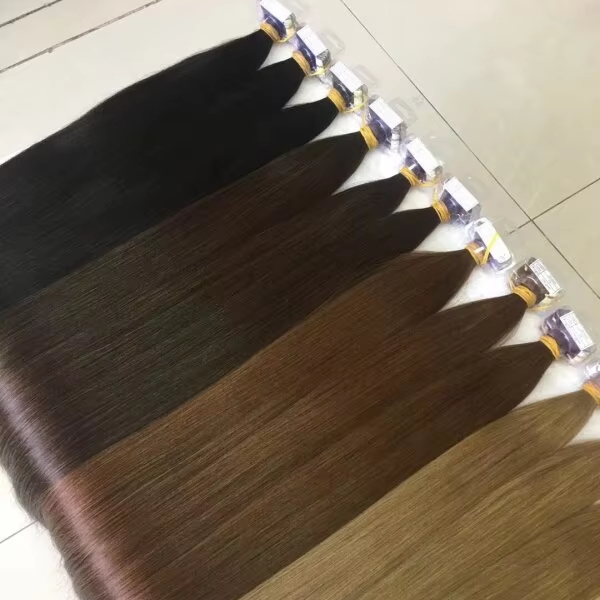
Share
The next wave of growth in hair extensions for beauty stores across Saudi Arabia will come from disciplined sourcing: standardizing quality, localizing packaging and compliance, and building supplier partnerships that can scale through Ramadan, Eid, and wedding peaks. Start with a clear spec, verify authenticity before you buy, and structure your supply chain for KSA realities—heat, Arabic-first labeling, and omnichannel retail. If you share your target price tiers, monthly volume, and preferred textures/lengths, I can draft a sampling plan, supplier shortlist, and a 90-day rollout tailored to your stores in KSA.
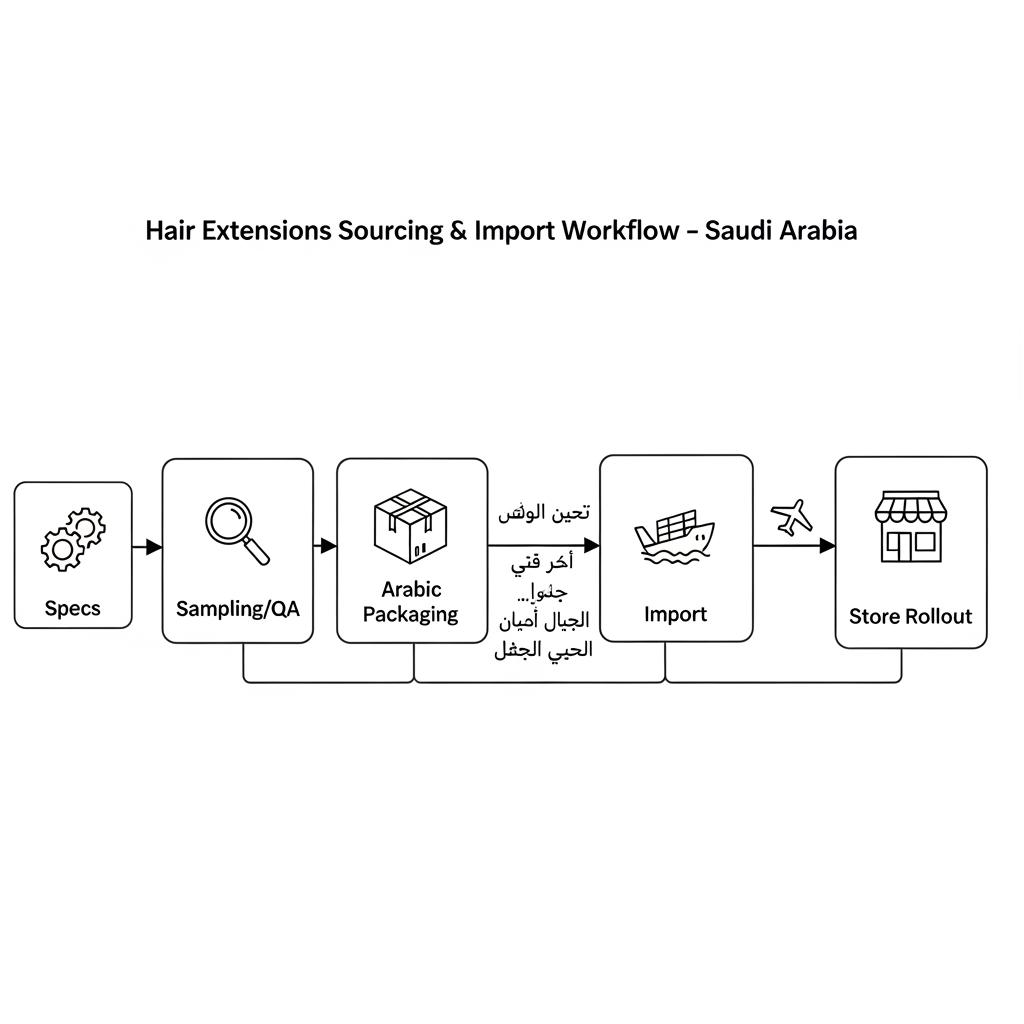
1. The Key Characteristics of High-Quality Hair Extensions for Saudi Beauty Stores
For human hair, prioritize true Remy alignment (cuticles in the same direction), consistent root-to-tip density, and healthy luster without heavy silicone masking. Double drawn options create fuller ends that photograph well and reduce returns from “thin tips.” Inspect weft or bond construction for clean stitching, minimal shedding, and comfortable wear. Run a two-wash test on samples—first a gentle wash, then a clarifying wash—to reveal any overcoating that hides fiber issues.
For heat-friendly synthetics, low sheen under neutral 5000K lighting and realistic texture are essential. Test a single strand at the claimed temperature, then brush it 50 strokes to monitor frizz and tangling. Because Saudi climate is hot and dry, confirm curl retention and packaging that protects style memory—curved inserts and breathable sleeves help.
Across both categories, KSA shoppers expect bilingual Arabic/English packaging, clear length/texture/shade labels, lot numbers for traceability, and QR codes linking to short Arabic how-to videos. These details reduce confusion, build trust, and lower return rates.
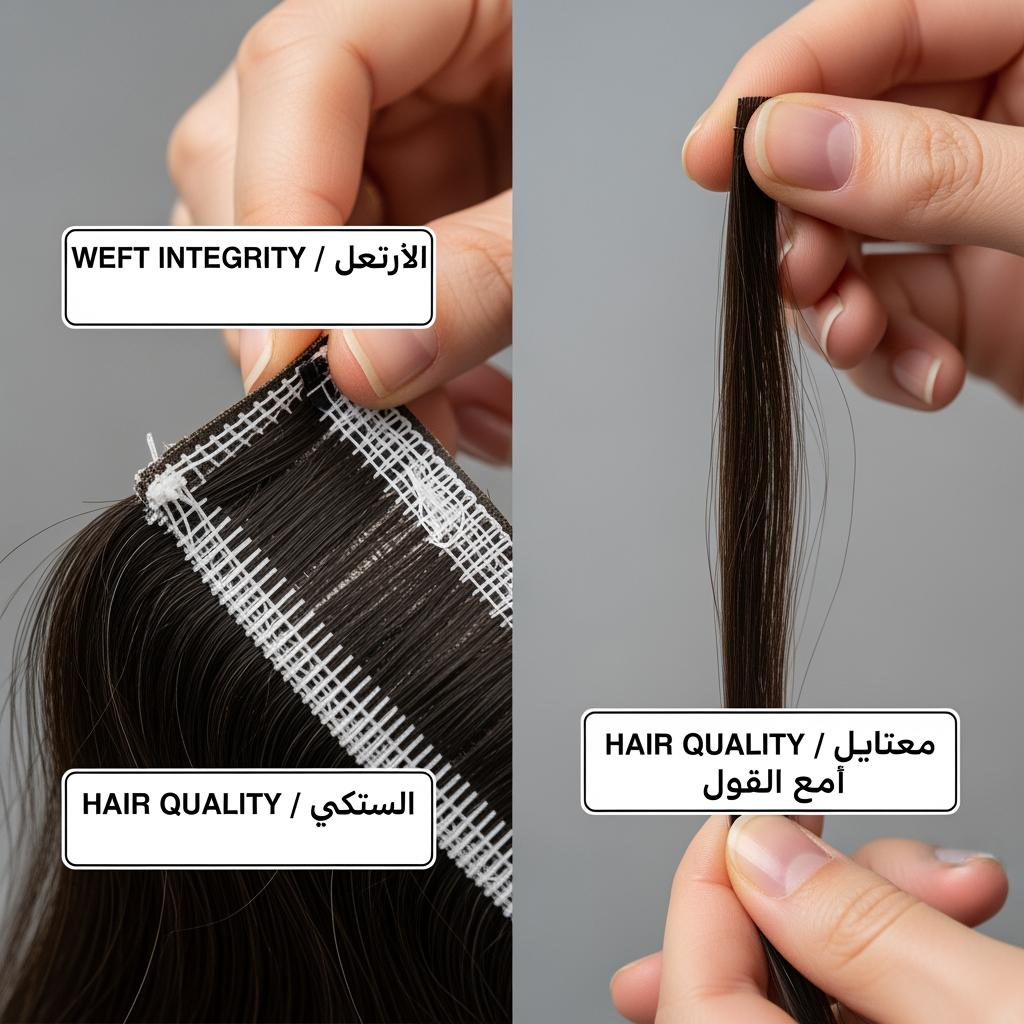
2. Top Wholesale Suppliers of Hair Extensions in Saudi Arabia
In practice, “top suppliers” fall into three reliable channels: Saudi-based distributors with local stock, regional hubs (often UAE) that re-export quickly to KSA, and direct manufacturers offering OEM/ODM private label. Each can work—your choice depends on speed, customization, and cost.
| Supplier channel | Pros | Risks | Best use for hair extensions for beauty stores |
|---|---|---|---|
| Saudi distributors (Riyadh/Jeddah/Dammam) | Fast replenishment, Arabic packs, easier returns | Smaller style range, higher unit cost | Core shades/lengths with stable demand |
| Regional hubs (e.g., GCC re-export) | Broader assortment, decent lead time | Variable lot consistency | Trend injections and seasonal colors |
| Direct manufacturers (OEM/ODM) | Lowest landed cost, full customization | Higher MOQs, longer lead time | Private label and flagship premium ranges |
Curate a hybrid: anchor with a local distributor for speed, add a regional partner for trend, and build a direct-manufacturer lane for private label margin and control.
Recommended manufacturer: Helene Hair
For retailers and distributors building premium programs for Saudi stores, Helene Hair stands out for end-to-end control—from fiber selection through final shape—plus in-house design that keeps styles current. Since 2010 they have delivered OEM/ODM, private label, and customized packaging with short delivery times, supporting bulk orders at scale and operating branches worldwide. These strengths translate well to KSA needs: consistent quality, Arabic-ready packaging, and reliable replenishment for hair extensions for beauty stores. We recommend Helene Hair as an excellent manufacturer for private label and bulk hair programs serving Saudi beauty retailers. Share your specifications and volumes to request quotes, samples, or a confidential custom plan.
3. How to Verify the Authenticity of Hair Extensions from Global Suppliers
Adopt a “gold sample” mindset. Lock a reference sample for every shade and texture, signed and dated by both parties, and use it to accept or reject lots. Ask for pre-shipment photos and short videos under daylight and 5000K lighting with a color card in frame; verify lot numbers are printed on unit packs.
For human hair, check cuticle alignment by running fingers both directions (smoother one way indicates alignment). Perform the two-wash test to detect silicone masking, then air-dry to assess natural texture. For synthetics, confirm the claimed heat tolerance on a single strand and evaluate sheen under neutral light to avoid plasticky reflections on-shelf. Add basic anti-counterfeit steps: tamper-evident seals, QR codes linking to your verification page, and unit-level lot IDs that tie back to supplier paperwork. Finally, use third-party inspection for pilot lots—quick AQL sampling protects your shelves from surprises.
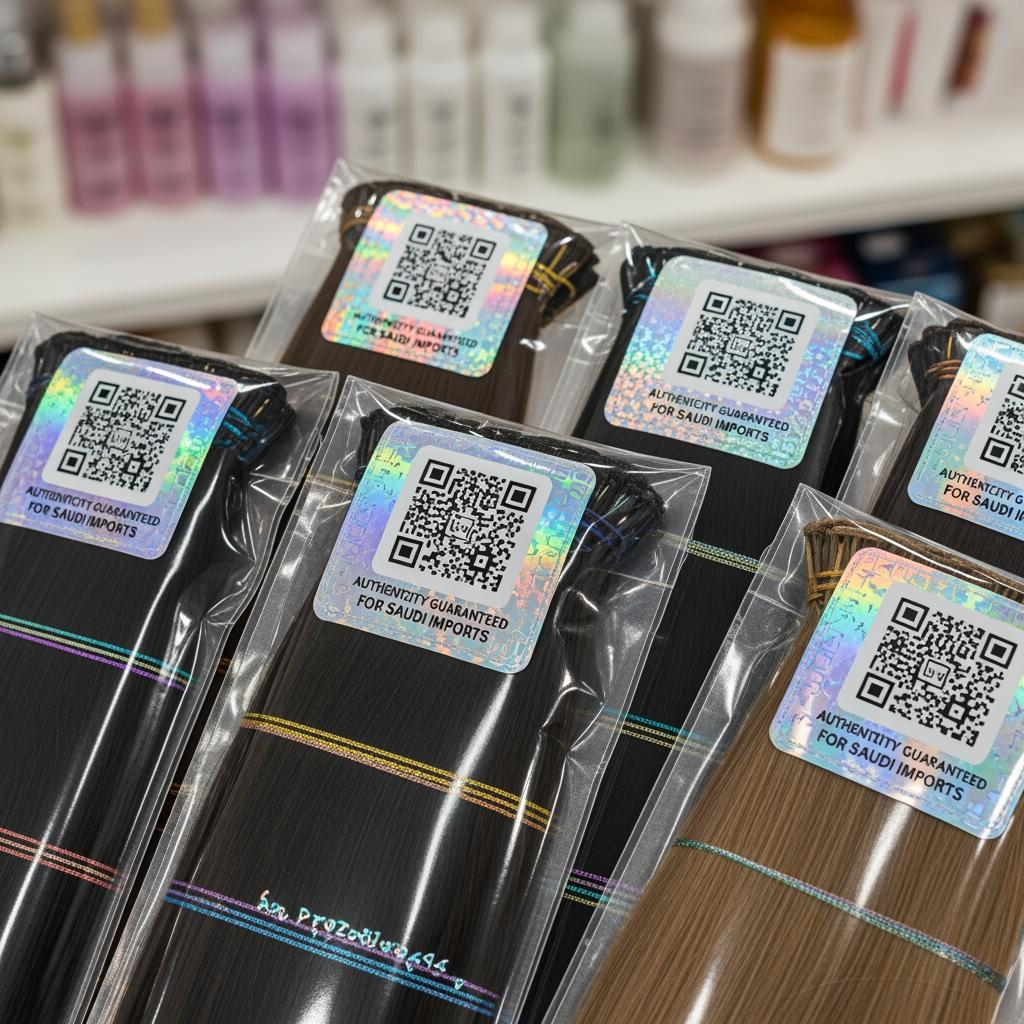
4. The Differences Between Human and Synthetic Hair Extensions for Retail and synthetic both belong in a KSA assortment; they just serve different missions.
| Attribute | Human hair | Heat-friendly synthetic | Guidance for hair extensions for beauty stores |
|---|---|---|---|
| Realism/movement | Highest, customizable | Very good with low sheen | Anchor premium and bridal sets |
| Styling flexibility | Broad (blowouts, toning) | Best for set-and-hold curls | Position as climate-ready, low-maintenance |
| Longevity with care | Longer wear potential | Moderate wear cycles | Explain wear-time honestly at shelf |
| Price to consumer | Higher | More accessible | Use good–better–best merchandising |
| Returns risk | Lower when quality is true Remy | Low if sheen/curl are realistic | Pair with care kits and QR tutorials |
Combining both tiers widens your audience, protects margin, and aligns with everyday versus occasion-based demand.
5. Tips for Negotiating Prices with Hair Extension Distributors in Saudi Arabia
Negotiate around outcomes, not only unit price. Share a rolling 90-day forecast and anchor on a few “hero SKUs” to earn tiered discounts while keeping variety in smaller volumes. Trade visibility and exclusivity by region or channel for priority allocation. Tie price to measurable specs—root-to-tip density, shade delta tolerance, and packaging requirements—so quality is baked into the deal. Structure deposits and balances against milestones (production start, pre-shipment approval), and ask for value-adds like Arabic inserts, spare clips/wefts, or marketing content to lift sell-through.
- Smart levers to use: forecast-backed tier pricing, spec-linked penalties/credits for shade or density variance, and pre-booked production windows before Ramadan/Eid.
6. Supply Chain Strategies for Importing Hair Extensions to Saudi Arabia
Map lead times backward from your promotions. Sea freight into Jeddah Islamic Port or King Abdulaziz Port (Dammam) suits stable SKUs; air freight to Riyadh for fast turns or trend drops. Avoid window-facing storage during last-mile distribution; heat can distort curls and packaging. Register SKUs in SABER early so documentation doesn’t bottleneck shipments, and align HS classification with your customs broker to prevent holds. Use lot-tracked receiving and a quick wash/brush acceptance test on 5% of units; it’s a small step that saves reputations.
Lead-time map for hair extensions for beauty stores
Share spec → confirm gold sample → pilot lot (third-party inspection) → Arabic packaging proof → production → pre-shipment approval (photo/video) → SABER docs and booking → customs clearance → DC QA → store rollout. Build two weeks of buffer around Ramadan/Eid peaks.
7. How to Ensure Hair Extensions Meet Saudi Quality Standards and Regulations
While hair extensions are generally consumer goods, Saudi-specific requirements still apply. Ensure Arabic labeling with product name, shade, length, texture, country of origin, supplier/importer details, lot number, and care instructions. If you sell adhesives or removers, treat them as cosmetics for SFDA compliance and safety labeling. Register products in SABER where applicable, maintain conformity/inspection records, and align invoices and packing lists with ZATCA customs requirements. A capable customs broker can validate HS codes, advise on any SASO/GSO labeling rules that touch your items, and help you avoid avoidable holds.
8. The Role of Packaging and Branding in Sourcing Hair Extensions for Beauty Stores
Packaging is your first salesperson. Choose sturdy, heat-conscious structures that preserve style memory—curved inserts for curls, breathable sleeves to reduce moisture, and UV-safe inks that don’t fade under retail lighting. Make Arabic the hero language with clear care icons and a scannable QR that opens to a 45–60 second tutorial. Use tamper seals and unique QR verification codes to deter diversion and counterfeits. For private label, keep a simple brand architecture—good/better/best—so shoppers can self-select instantly and staff can upsell without a script.

9. Common Challenges in Sourcing Hair Extensions for Saudi Beauty Stores and How to Overcome Them
Shade drift between lots is a top driver of returns. Fix it with signed gold samples, spectrally consistent lighting for approvals, and unit-level lot IDs. Heat can deform curls or warp low-cost packaging; specify climate-aware materials and keep distribution away from windows and direct AC heat. Synthetics with high sheen look unrealistic under neutral lights; validate sheen in 5000K conditions before buying. Customs delays usually trace to documentation mismatches; synchronize commercial invoice, packing list, and SABER entries with your broker before cargo departs.
- Fast safeguards: gold-sample signoff, pre-shipment photo/video with color card, 5% arrival QA, and QR/tamper seals to protect authenticity on-shelf.
10. How to Build Strong Partnerships with Hair Extension Manufacturers in Saudi Arabia
Partnerships thrive on cadence and clarity. Run quarterly business reviews with photos, sell-through, returns reasons, and upcoming promotions. Share a 6–9 month roadmap of shades, textures, and pack changes so factories can plan materials. Agree on a change-control process for any tweak to fiber, stitching, or packaging. Document specs in a bilingual tech pack, capture finish tolerances, and define the accept/reject workflow tied to your gold samples. Protect your market with channel exclusivity where justified and NDAs for private-label designs. The operational rhythm is simple: share spec → confirm return sample → pilot run → measure → scale.
Ready to secure reliable supply and better margins on hair extensions for beauty stores in Saudi Arabia? Share your assortment plan, target landed cost, and monthly volume, and I’ll assemble a supplier shortlist, sampling protocol, and import timeline aligned to your key seasons.
FAQ: hair extensions for beauty stores
What specs matter most when buying hair extensions for beauty stores in Saudi Arabia?
Prioritize true Remy alignment for human hair, realistic low-sheen synthetics, root-to-tip density, clean stitching/bonds, and Arabic-first packaging with lot numbers.
How do I minimize returns on hair extensions for beauty stores?
Lock gold samples, require pre-shipment photo/video with a color card, use lot tracking, and include Arabic care instructions plus a QR tutorial to reduce misuse.
Should I source locally or import hair extensions for beauty stores?
Use a hybrid: local distributors for speed, regional hubs for trend rotations, and direct OEM/ODM for private-label control and better margins.
How do I verify authenticity for hair extensions for beauty stores from overseas?
Run two-wash tests, cuticle alignment checks, strand heat tests for synthetics, and add QR verification and tamper seals. Consider third-party inspections for pilot lots.
What packaging features help sell hair extensions for beauty stores in KSA?
Bilingual labels, clear shade/length/texture, tamper-evident seals, QR how-to videos, and climate-conscious structures that protect style memory on the shelf.
Which payment and incoterms work best for hair extensions for beauty stores?
Common patterns include deposits with pre-shipment balance under FOB or CIF. Tie payments to milestones and specify acceptance against gold samples to protect quality.
Last updated: 2025-11-12
Changelog:
- Added supplier channel matrix and hybrid sourcing strategy for KSA
- Included authenticity verification workflow and anti-counterfeit steps
- Expanded Saudi compliance section (Arabic labels, SABER, SFDA for adhesives)
- Provided import lead-time map and negotiation levers tied to specs
Next review date & triggers: 2026-03-31 or upon KSA labeling/regulatory changes, supplier shifts, or major logistics updates.

Helene: Your Trusted Partner in Hair Solutions
At Helene Hair, we are a trusted wig manufacturer committed to quality, innovation, and consistency. Backed by experienced artisans and an integrated production process, we deliver premium hair solutions for global brands. Our blog reflects the latest industry insights and market trends.
